How To Clean an Oil Painting
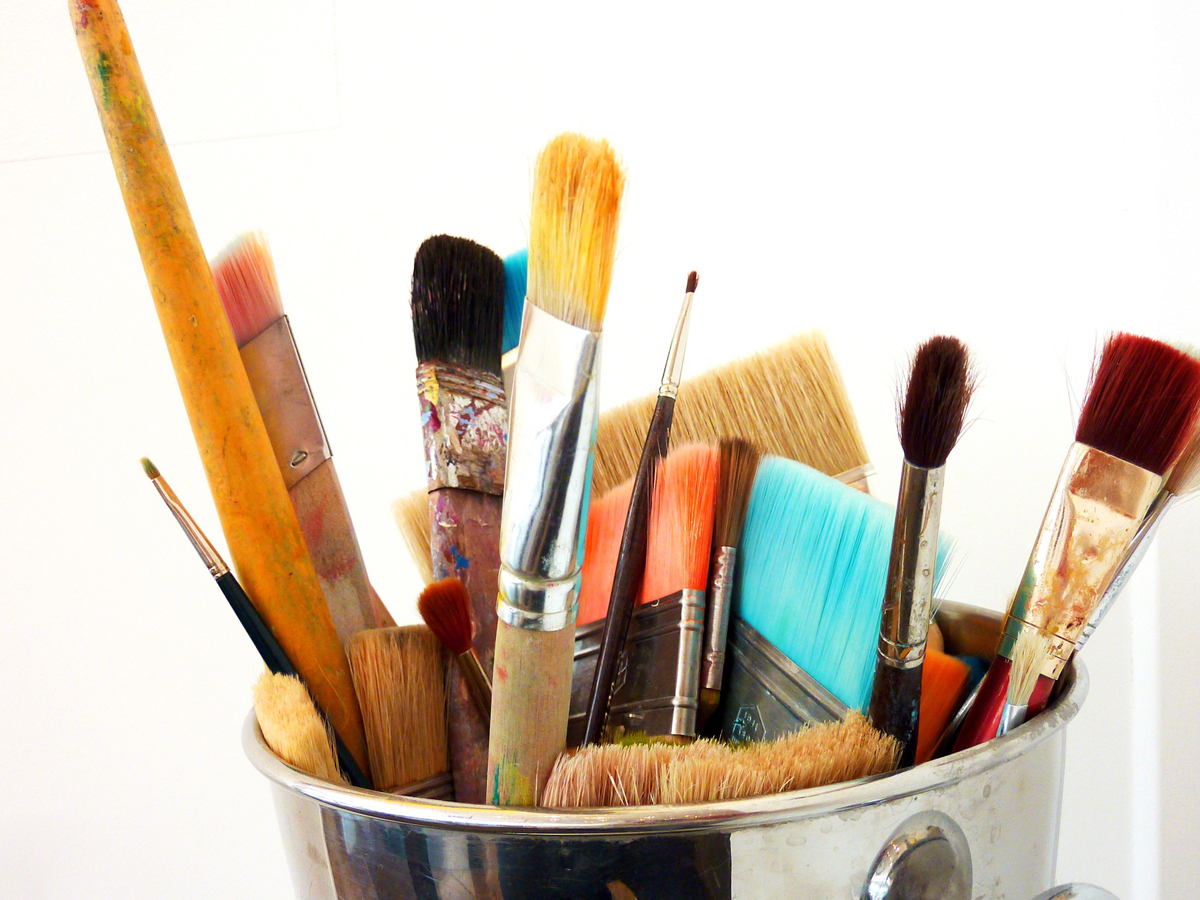
One of my loyal readers was seeking advice cleaning an oil painting:
“My grandmother did several oil paintings before she died. They are lovely, but only valuable to our family. My mother, a heavy smoker, hung a small oil painting (about 12” x 18”) in her small studio apartment for many years. This week she is moving, and gave me the painting. It is sticky and drippy with smoke residue.
My local art gallery wants almost $200 to clean it!
Is there a home-remedy that I could attempt? Obviously, I don’t want to damage it, but it’s not a valuable piece, and I just want it cleaned enough to hang in my kitchen (still life with wine and fruit). Thanks for any advice you can offer!”
I can’t make any guarantees (because I’m not a curator) about the safety of these methods for your particular painting. But I can tell you what I do to clean the paintings I own.
1. The safest option, but won’t work on sticky areas is to use a very soft brush to remove dust and soot particles (super soft paintbrush, baby toothbrush, shaving brush, that kind of thing). You can buy a micro attachment kit for your vacuum that has small brushes (under an inch in diameter) for deeper cleaning (don’t scrub the surface with the bristles, though–just light, circular passes).
If that doesn’t work, you can use a dry rubber sponge in short strokes across the surface, but only if the surface isn’t damaged or flaky. It picks up every last bit of dirt and soot, but likely won’t work on the really sticky parts.
2. The other option is to use soft, clean cloths and water with a few drops of dish detergent. If you can remove the frame to test this on the side or edge of the painting first, do so. Watch the surface of the painting and check the cloths to see what’s coming off, and obviously if the paint colors are lifting off, stop cleaning. Try just damp cloths at first, dab the painting, no scrubbing. If she painted on canvas, be careful not to stretch the canvas by pressing too hard. If damp cloths aren’t working, use a bit more water, just beware that water can seep under varnish, if there is any, and that if the paint is thin, and the canvas or board gets wet, it can shrink or warp and cause cracks in the paint.
I’ve cleaned my own paintings this way, but a conservator would wring my neck if I ever tried it at a gallery! I’ve also used rubbing alcohol on a cotton ball for really bad areas…scary, but it works. Use a tiny amount of alcohol.
If these methods don’t work, it might be worth it to ask around at the gallery to see if there is a conservator’s apprentice or helper working there. Ask around unofficially by checking with the security guards, reception staff, gallery shop clerks, etc. He/she might be willing to look at your painting to recommend a solvent or clean it for a lower price (under the table on his/her own time). You could also check antique and framing shops to see if they have lower prices for cleaning services.
Good luck cleaning your oil painting! Please let me know if you found my advice helpful. For more helpful oil painting tips refer to my blog.
The Author:
Breiana Cecil of OverstockArt.com graduated from Ball State University with a Bachelor Degree in Interior Design and in Studio Art. Breiana is an avid enthusiast of the art and design world and intends on continuing her contribution to the industry. Talk to Breiana on the ArtCorner Blog today.

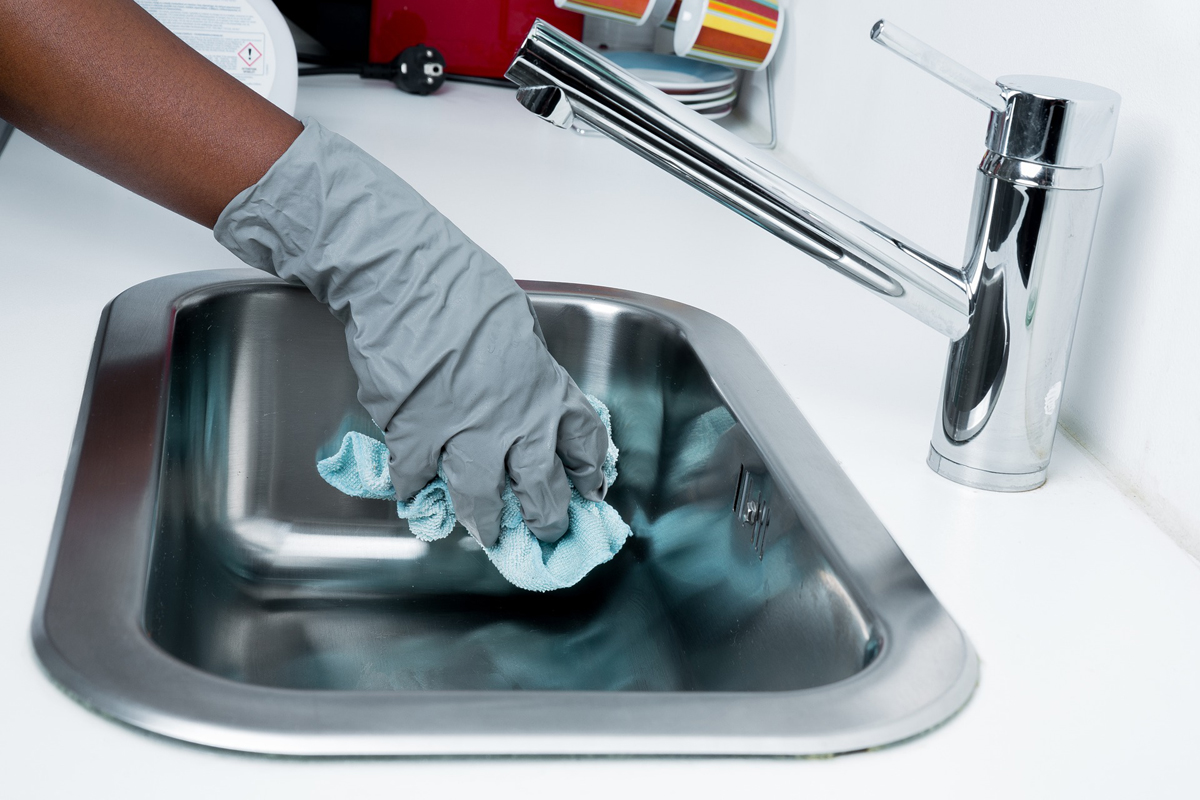
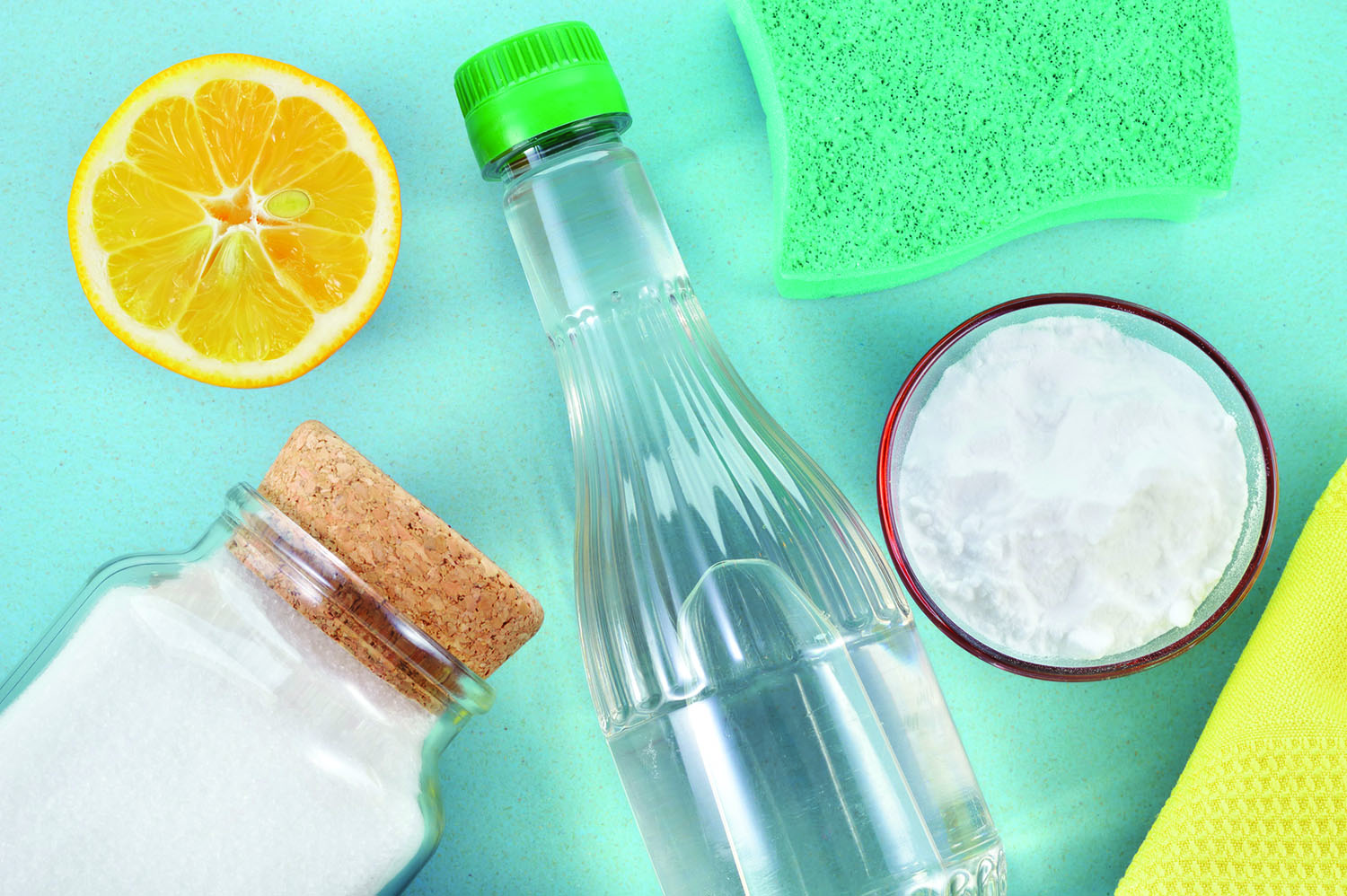

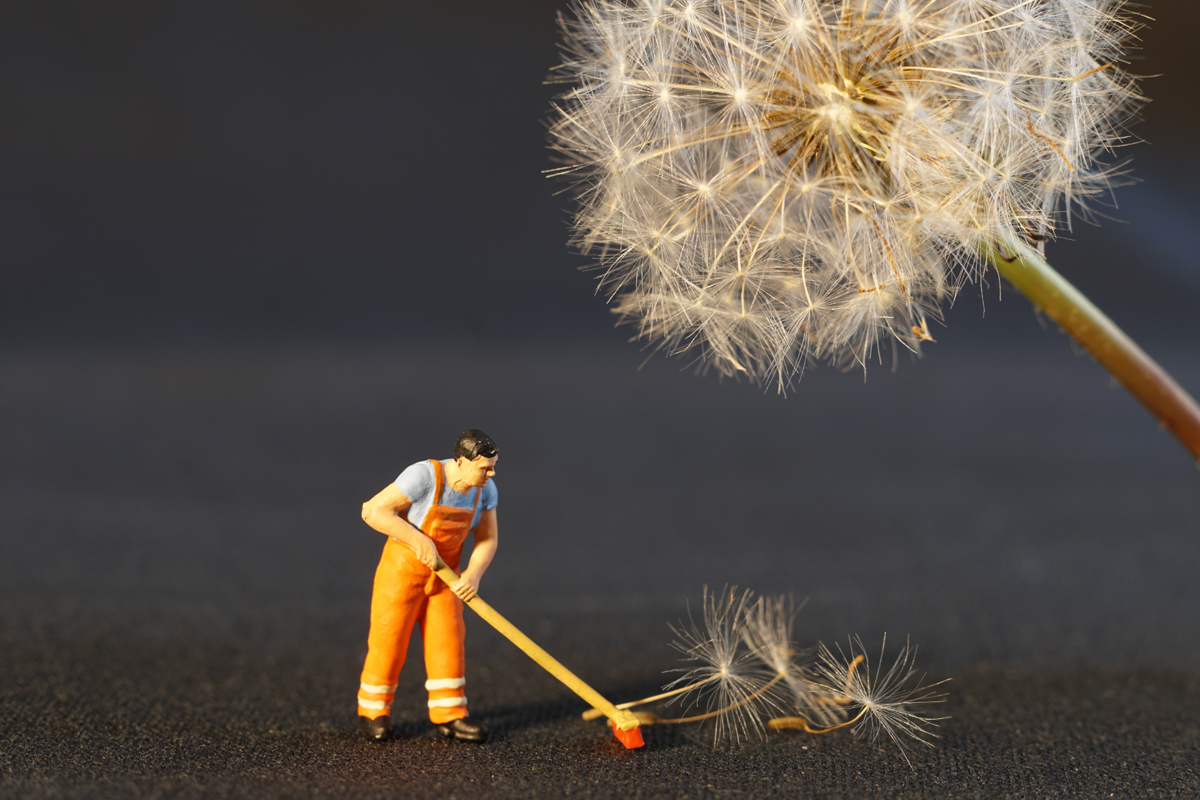

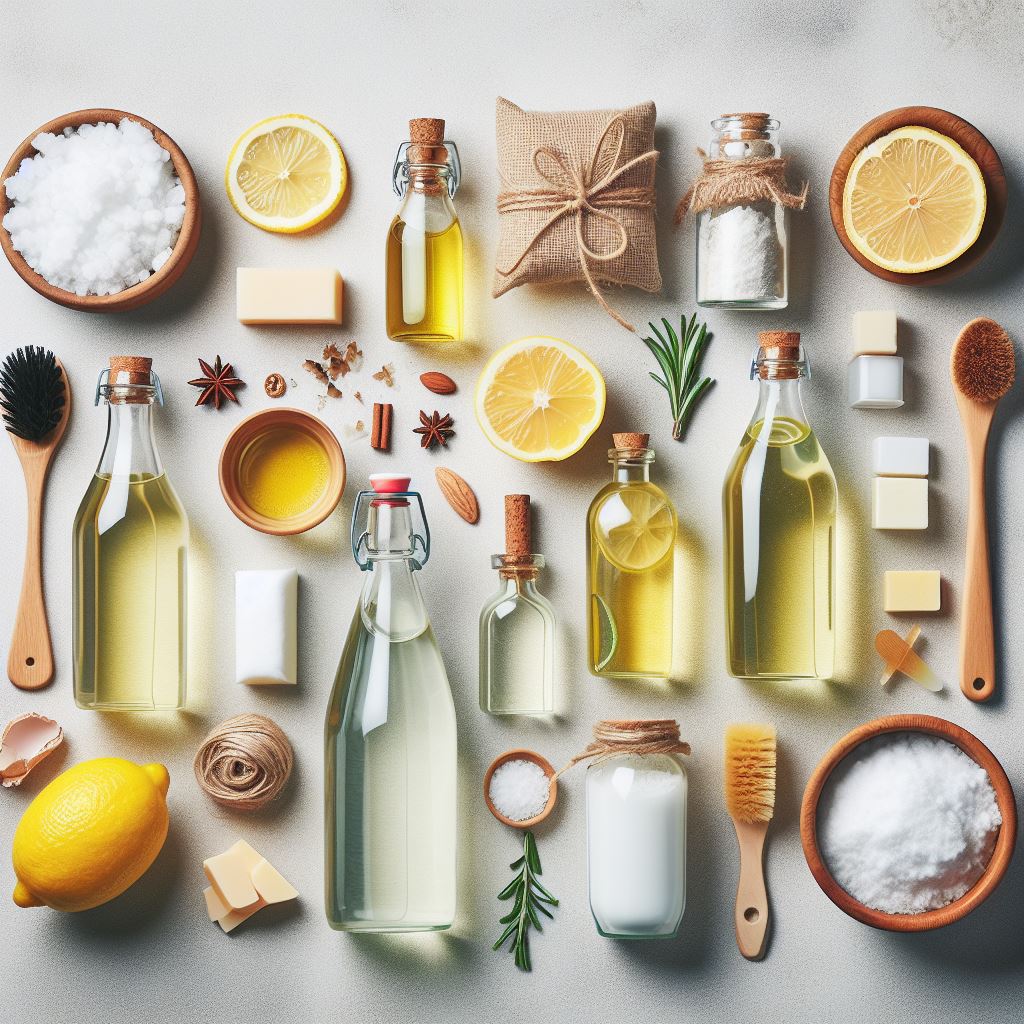
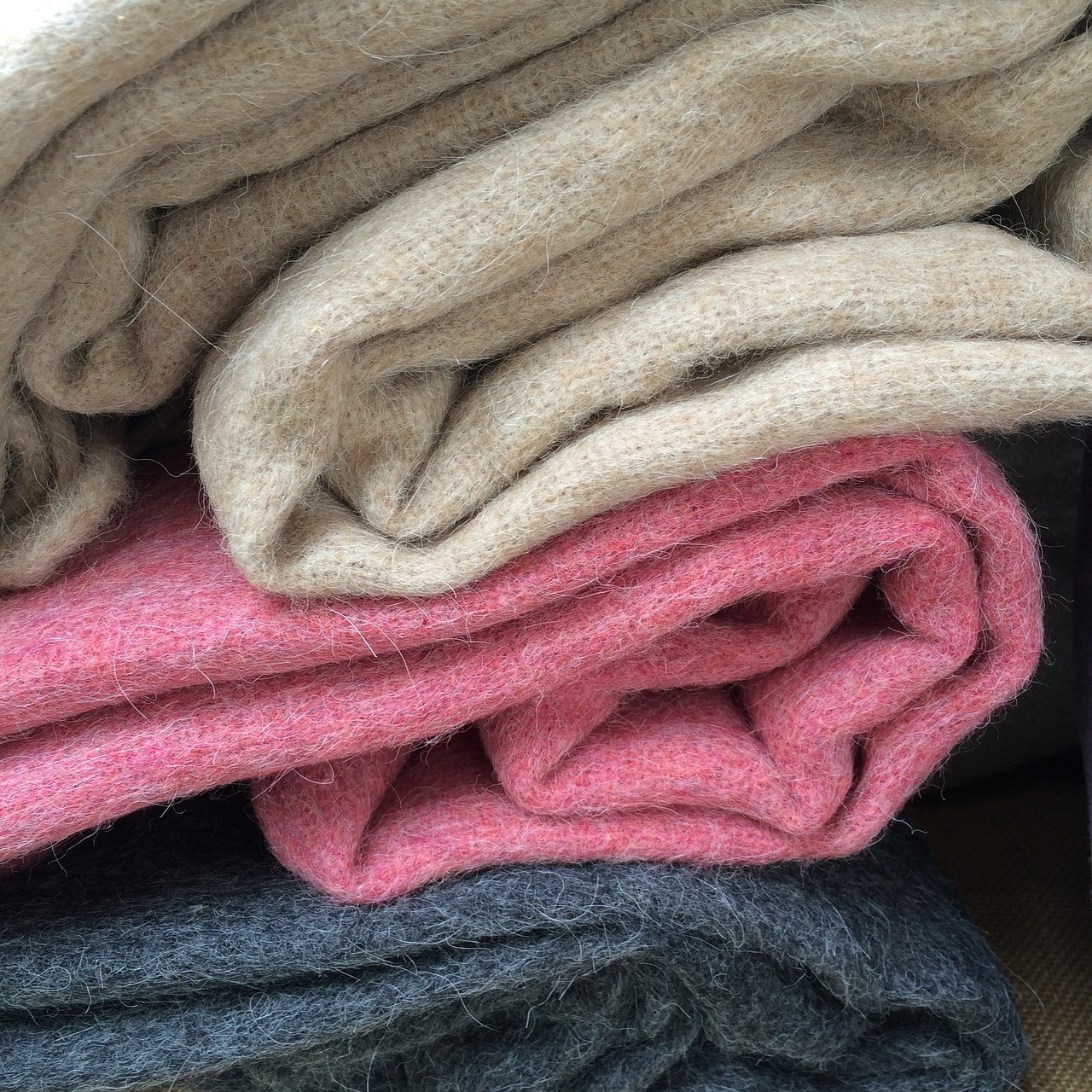

Very unique job I found here. I’ve many paintings. Sometimes need to clean them to make better. Hope it will help in my way.
Thank you for finding the article helpful! Cleaning your paintings can definitely improve their overall appearance.
How do I Remove waterstains from a canvas? thank you.
Removing water stains from a canvas can be tricky. It’s best to consult a professional art restorer who can assess the situation and provide the appropriate solution.
I just want to know how we can remove the stains which had been on the edge of the painting.
Stains along the edge of a painting can be quite stubborn to remove. One option is to carefully use a mild detergent mixed with water and a soft brush, gently scrubbing the stained area. However, it’s important to test this method on a small, inconspicuous area first to ensure it doesn’t cause any damage.
Mine was in a fire, no damage to it, God was watching over it. I just took off the frame and see there is smoke stain on it. How do I get the smoke off.
If there are smoke stains on your painting, it’s recommended to consult a professional art restorer. They have the expertise to handle such situations without causing any damage to the artwork.
Do NOT use water, soap, or alcohol unless you are ok with damaging the painting.
You’re absolutely right! Using water, soap, or alcohol without proper knowledge and expertise can indeed damage an oil painting. It’s always wise to consult a professional or art restorer for any cleaning needs.
I have an oil painting on canvas no wooden backing. It has hung for over 90 years. Both at my grand perents and at my mothers. Its has stood the test of time with little more than the tape splitting. But needs restoring as it is now dulled and darkend. Any one know how to bring its colour and condition back with out damaging the canvas of cause the oils.
Restoring an oil painting without damaging the canvas and oils requires professional expertise. It’s best to consult a reputable art restorer who can assess the condition of the painting and provide the necessary restoration techniques.
I have an oil painting which has been drawn on in felt tip! Any advice on how to remove it? Thanks
Removing felt tip marker drawings from an oil painting can be challenging. It’s advisable to consult an art restorer who can provide specific guidance on how to proceed without damaging the original artwork.
I need to remove nicotine
Nicotine stains can be difficult to remove and should be handled by a professional art restorer. They can guide you through the appropriate cleaning methods without harming the painting.
my has very light smoke damage, would a little Murphy’s soap and water work?
Light smoke damage can be sensitive to handle. Using Murphy’s soap and water should be approached with caution. It’s advisable to consult a professional art restorer who can assess the situation and provide guidance on the best cleaning method.
NO WATER!!!! Using water on an oil painting will result in the water seeping though and drying beneath the paint. This will result in the paint eventually lifting and flaking off. A great way to ruin your painting!
Absolutely, using water on an oil painting can lead to severe damage over time. It’s crucial to avoid using water or any other liquids on oil paintings to prevent paint lifting or flaking.
I’ve heard does sprinkling baking soda on a painting and brushing it off with a soft paint brush would help clean it. I’m out paying ticket some other ideas on this site as I have a painting that also needs to be cleaned
Sprinkling baking soda on a painting and brushing it off with a soft paintbrush may help to remove surface dirt. However, for thorough cleaning and restoration, it’s recommended to consult a professional art restorer who can assess the condition of your painting and suggest the most appropriate cleaning techniques.